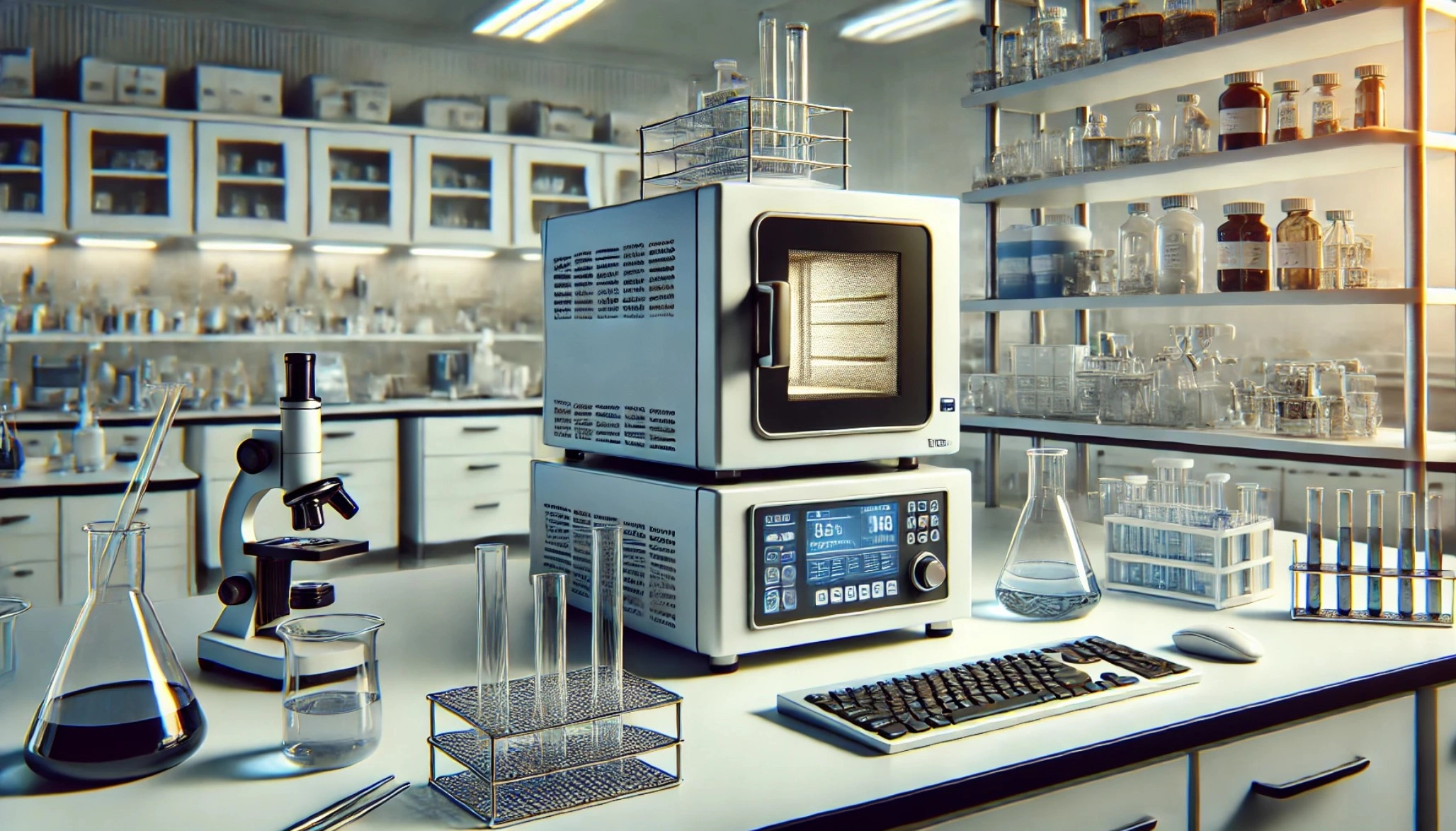
The Best Lab Furnaces: A Buyer's Guide to Price and Features

Temperature Range, Heating Precision, and Safety are Key Considerations to Find the Best Lab Furnaces at the Best Price
Laboratory furnaces are essential for high-temperature applications such as ashing, heat treatment, material synthesis, and thermal analysis. They are widely used in research labs, industrial settings, and educational institutions for processing and analyzing various materials. Choosing the right lab furnace involves considering factors such as temperature range, heating precision, and safety features. This guide provides an overview of different types of lab furnaces, key features to consider, and a price guide to help you make an informed decision.
Types of Lab Furnaces
1. Muffle Furnaces
Muffle Furnaces are versatile units designed for a wide range of applications, including ashing, annealing, and calcining. These furnaces feature a heating chamber surrounded by insulation, allowing precise temperature control and uniform heating. They are widely used in chemistry, metallurgy, and ceramics.
Applications: Ashing, annealing, calcining, and material synthesis.
2. Tube Furnaces
Tube Furnaces are designed for heating samples in a controlled atmosphere or vacuum. They feature a cylindrical tube, which can be made of quartz, ceramic, or metal, where the sample is placed. Tube furnaces are commonly used for gas-phase reactions, chemical vapor deposition, and synthesis of nanomaterials.
Applications: Gas-phase reactions, chemical vapor deposition, sintering, and nanomaterial synthesis.
3. Box Furnaces
Box Furnaces have a large internal chamber that allows for the processing of larger samples or multiple samples simultaneously. These furnaces are ideal for applications requiring high temperatures and uniform heating. Box furnaces are used in materials testing, heat treatment, and glassmaking.
Applications: Heat treatment, stress relieving, glassmaking, and material testing.
4. Ashing Furnaces
Ashing Furnaces are specialized muffle furnaces designed for the complete combustion of organic materials. They are equipped with features such as air circulation and exhaust systems to handle the byproducts of combustion. Ashing furnaces are used in analytical labs for determining the ash content of samples.
Applications: Ash content determination, organic material combustion, and residue analysis.
5. Chamber Furnaces
Chamber Furnaces are large, robust furnaces designed for industrial-scale applications. They have a spacious heating chamber and can handle heavy loads. These furnaces are used for heat treatment processes, such as hardening, tempering, and annealing of metals.
Applications: Heat treatment, hardening, tempering, and annealing of metals.
6. Crucible Furnaces
Crucible Furnaces are designed for melting and holding metals at high temperatures. They use crucibles made of materials like graphite or ceramic to contain the molten metal. Crucible furnaces are used in foundries, metal casting, and alloy production.
Applications: Metal melting, casting, alloy production, and foundry work.
Key Features to Consider When Buying Lab Furnaces
1. Temperature Range and Control
The temperature range is a critical factor for ensuring the furnace can handle your specific application requirements. Choose a furnace with a temperature range that matches your needs, whether it's low-temperature drying or high-temperature sintering. Precision temperature control is essential for maintaining consistent heating conditions.
2. Heating Elements and Insulation
The type of heating element (e.g., silicon carbide, molybdenum disilicide, or kanthal) affects the furnace's performance and lifespan. Look for furnaces with high-quality heating elements that offer fast heating rates and durability. Effective insulation is also important to minimize heat loss and ensure energy efficiency.
3. Atmosphere Control
For applications requiring specific atmospheric conditions, such as inert gas or vacuum, choose furnaces with atmosphere control features. Tube furnaces are particularly suitable for controlled atmosphere experiments. Look for features such as gas inlet ports, vacuum capabilities, and sealed chambers.
4. Safety Features
Safety is paramount when working with high-temperature equipment. Ensure the furnace is equipped with safety features such as over-temperature protection, door interlocks, and emergency shut-off mechanisms. Proper ventilation and exhaust systems are also important for handling fumes and gases.
5. Size and Capacity
Consider the size and capacity of the furnace, including the dimensions of the heating chamber and the maximum load it can handle. Choose a furnace that can accommodate the size and quantity of samples you need to process. Larger furnaces offer more flexibility for handling different sample sizes.
6. Maintenance and Support
Regular maintenance is essential for the safe and efficient operation of lab furnaces. Choose furnaces with accessible components for easy cleaning and inspection. Availability of technical support, replacement parts, and service plans can help ensure long-term reliability and performance.
Lab Furnace Price Guide
- Muffle Furnaces: $1,000 - $10,000
- Tube Furnaces: $2,000 - $15,000
- Box Furnaces: $3,000 - $20,000
- Ashing Furnaces: $2,000 - $12,000
- Chamber Furnaces: $5,000 - $30,000
- Crucible Furnaces: $1,500 - $15,000
View all Lab Furnace Listings on LabX.com
Selecting the best lab furnace involves considering factors such as temperature range, heating precision, atmosphere control, and safety features. By choosing high-quality furnaces that meet your specific needs, you can ensure efficient and reliable processing of materials in your lab. For more detailed specifications or to view models, visit LabX.com to browse products and gain additional insights to help in making the best choice for your lab's needs.










